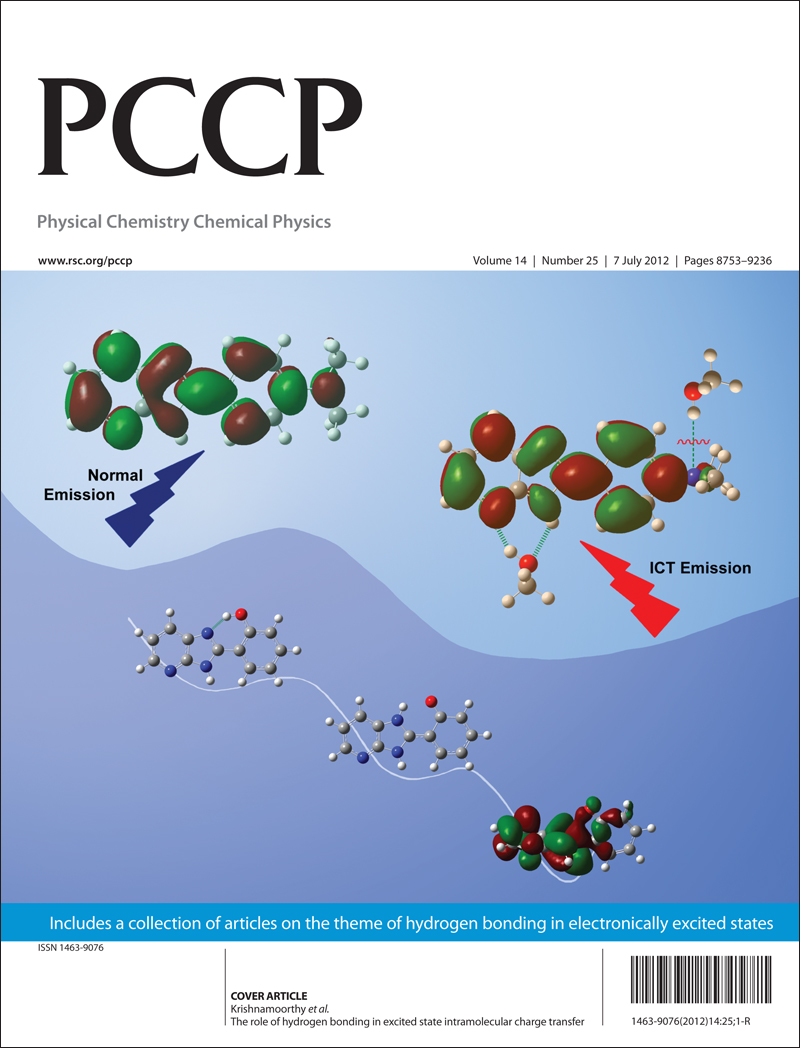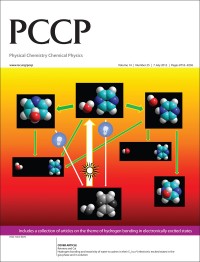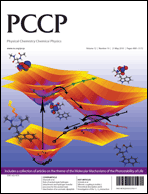PCCP themed issue: Very hard x-rays and the frontiers of materials chemistry
Guest Editor: Mark A. Newton (ESRF, France)
PCCP is delighted to announce the high-profile themed issue ‘very hard x-rays and the frontiers of materials chemistry’. It is our pleasure to invite you to submit to this themed issue.
The themed issue will be published in PCCP in spring 2013 and will be promoted to the community throughout the year to maximise the visibility of the work published.
Deadline for Submissions: 03 December 2012
Application of hard X-rays (>30 keV) to fundamental and industrially applicable materials chemistry, covering length scales from the atomic to the long-range. Our emphasis will be on in-situ and time-resolved studies in demanding sample environments: catalysts, synthesis, fuel cells, gas storage, battery materials and operation: though this is not to rule out more traditional solid state structural chemistry wherein very hard X-rays, and their potential crossover with neutron studies, leads to a number of new possibilities and/or more profound insight into the structure/function of a range of materials.
This themed issue will take a holistic view of capabilities/resources currently available worldwide, and aim to showcase what may be achieved using them. This is a rapidly developing area which we believe will be of great interest to the communities involved.
Submission details:
-
Manuscripts can be submitted in any reasonable format using our online submissions service
- Submissions should be high quality manuscripts of original, unpublished research
- Communications and full papers can be submitted for consideration, which will be subject to rigorous peer review
- Please indicate upon submission that your manuscript is intended for this themed issue
Submit your paper to this themed issue














